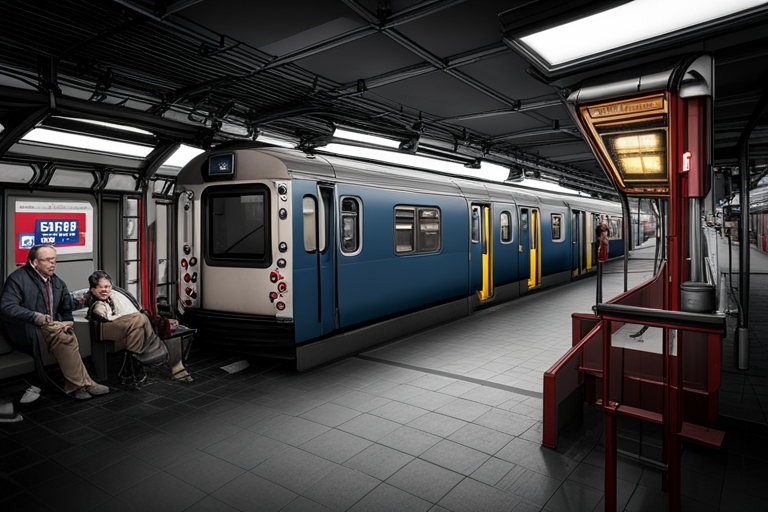Unraveling the Mystery: Why American Subways Rank Among the World's Most Expensive Systems

As I sat in my comfortably cushioned chair, pondering the great mysteries of the world, one question seemed to persistently rattle inside my head: "Why are American subways some of the world's most expensive?" The answer, as it turns out, is a complex interplay of factors that span historical, political, and economic realms. Allow me to unravel this intriguing enigma for you.
A Brief History of American Subways
To understand the current state of American subways, we need to travel back in time to the early 20th century when these systems were first being constructed. Back then, cities like New York and Boston were building their subways by leveraging private investment and public-private partnerships. These early systems were efficient and, in many cases, profitable.
However, the American transportation landscape shifted dramatically with the advent of the automobile. Suburbanization, spurred by the growth of highways and the automobile industry, led to a decline in public transit usage. With the focus on highways, public investment in subways waned, and maintenance fell by the wayside.
The Cost of Legacy Systems
Fast forward to today, and we find that many American subways are saddled with legacy systems that have not aged gracefully. Decades-long underinvestment in maintenance and upgrades have led to a plethora of issues, including crumbling infrastructure, outdated technology, and poor accessibility.
In contrast, many cities around the world have newer subway systems, which are often more cost-effective due to the use of modern construction techniques and materials. Furthermore, systems in Europe and Asia benefit from more efficient management structures, leading to reduced costs and enhanced performance.
The Role of Politics and Unions
One cannot discuss the cost of American subways without delving into the role of politics and unions. In the United States, the political landscape is characterized by a complex web of federal, state, and local governments, which can result in bureaucratic inefficiencies and increased project costs. Additionally, powerful unions play a significant role in driving up labor costs, further inflating the price tag of subway projects.
A Beacon of Hope?
Despite the challenges, there are signs that American subways may be on the cusp of a renaissance. New technologies and innovative approaches to public transit are emerging, offering the potential for increased efficiency and reduced costs. For example, Microsoft's AI-powered Designer could revolutionize the way subway systems are designed and constructed.
Moreover, there is a growing awareness of the need to invest in public transit to combat climate change and create more sustainable, livable cities. If this trend continues, we may witness a revitalization of American subways that not only improves their performance but also reduces their cost.
In the end, the answer to why American subways are so expensive is multifaceted and complex. It is a tale of historical underinvestment, outdated technology, political wrangling, and powerful unions. However, with the advent of new technologies and a renewed focus on sustainability, there is hope that the future of American subways may be brighter than their past.
Comments
Post a Comment